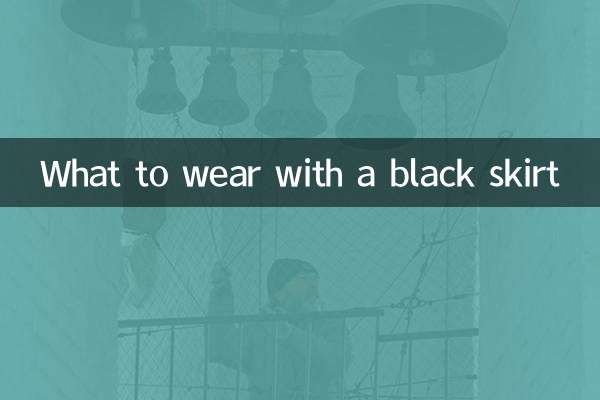What ingredients are good in socks? Analysis and purchasing guide of popular materials on the entire network
In the past 10 days, discussions about "sock material" have become increasingly popular on social media and e-commerce platforms. Especially with the coming of winter, consumers have become more concerned about comfort, breathability and environmental protection. This article combines popular topics and data across the Internet to analyze the pros and cons of sock ingredients and provide structured purchasing suggestions.
1. Ranking of popular sock ingredients in 2023 (top 5 searches in the past 10 days)

| Material type | Search volume share | Core advantages | Main disadvantages |
|---|---|---|---|
| Combed cotton | 34.5% | Moisture-absorbent, breathable, soft and skin-friendly | Poor elasticity and easy to deform |
| modal | 28.1% | Natural, environmentally friendly and glossy | higher price |
| bamboo fiber | 19.7% | Antibacterial, anti-odor, obvious cooling sensation | Average wear resistance |
| wool | 12.3% | Strong warmth retention and temperature regulation | May irritate skin, need to be washed by hand |
| spandex blend | 5.4% | High elasticity, not easy to loosen | Poor breathability |
2. Suggestions on ingredient selection in different scenarios
Based on actual feedback from users on Xiaohongshu, Douyin and other platforms, we have compiled the following scenario-based recommendations:
| Usage scenarios | Recommended ingredient combinations | Proportion recommendations |
|---|---|---|
| daily commute | Cotton+spandex | 80% cotton + 20% spandex |
| Sports and fitness | Coolmax®+polyester | 50%Coolmax®+50%polyester |
| Keep warm in winter | Merino wool + silk | 70% wool + 30% silk |
| Sensitive skin | Organic cotton + bamboo fiber | 60% organic cotton + 40% bamboo fiber |
3. The three major issues that consumers are most concerned about
1.“Why are pure cotton socks not necessarily good?”
According to popular discussions on Zhihu, 100% cotton socks are easily deformed due to lack of elasticity and are not easy to dry when wet. The best solution is to choose cotton blend socks with 5-15% elastane.
2.“Do antibacterial socks really work?”
Dr. Lilac’s latest popular science points out that socks containing silver ions and bamboo charcoal fiber can indeed inhibit bacteria, but please note: ① The antibacterial rate should be ≥ 90% ② They need to be replaced regularly (3 months is recommended)
3.“How to identify high-quality materials?”
Douyin evaluation expert @LifeLab recommends: ① Look at the ingredient label on the tag ② Combustion test (natural fibers turn into powder after burning) ③ Price reference (the unit price of combed cotton socks is less than 15 yuan, which may be adulterated)
4. Material Trend Forecast in 2024
According to Taobao Global Shopping data, the average monthly increase in attention for the following emerging materials exceeds 200%:
| Emerging materials | characteristic | Represent the brand |
|---|---|---|
| coffee yarn | Using coffee grounds to remove odor | S.Cafe® |
| seaweed fiber | Naturally biodegradable | Smartwool |
| graphene | Far infrared warmth | Jiaouchi |
Buying tips:It is recommended to give priority to products certified by OEKO-TEX®. This standard detects more than 300 hazardous substance items and is currently the most authoritative textile safety certification.
To sum up, the selection of sock ingredients needs to take into account the season, usage scenarios and personal physique. In the future, with the development of science and technology, more environmentally friendly smart materials will enter the market, but the core principles remain unchanged:Comfort>Functionality>Aesthetics. It is recommended to collect the comparison table in this article for quick reference when purchasing.

check the details

check the details